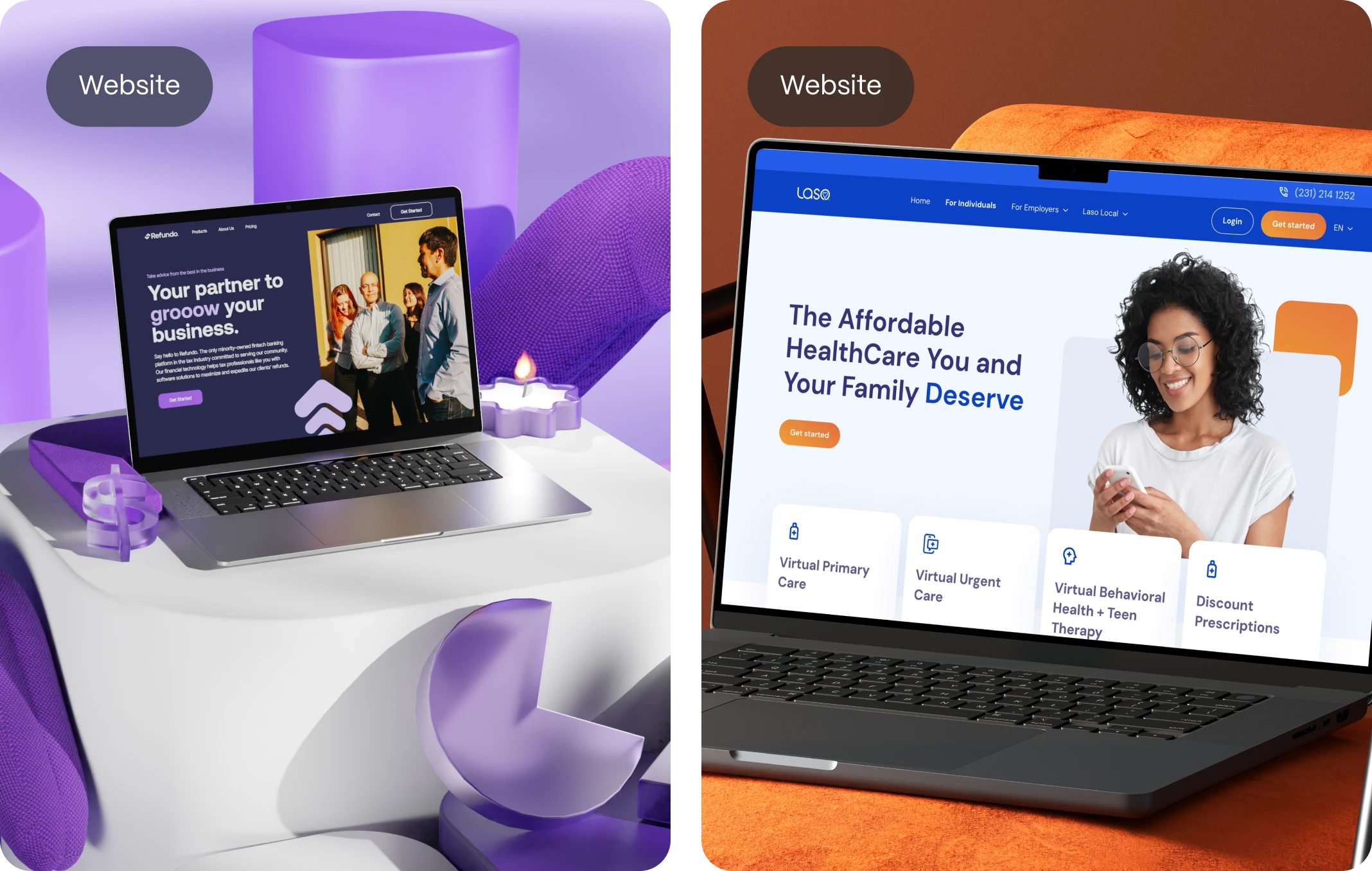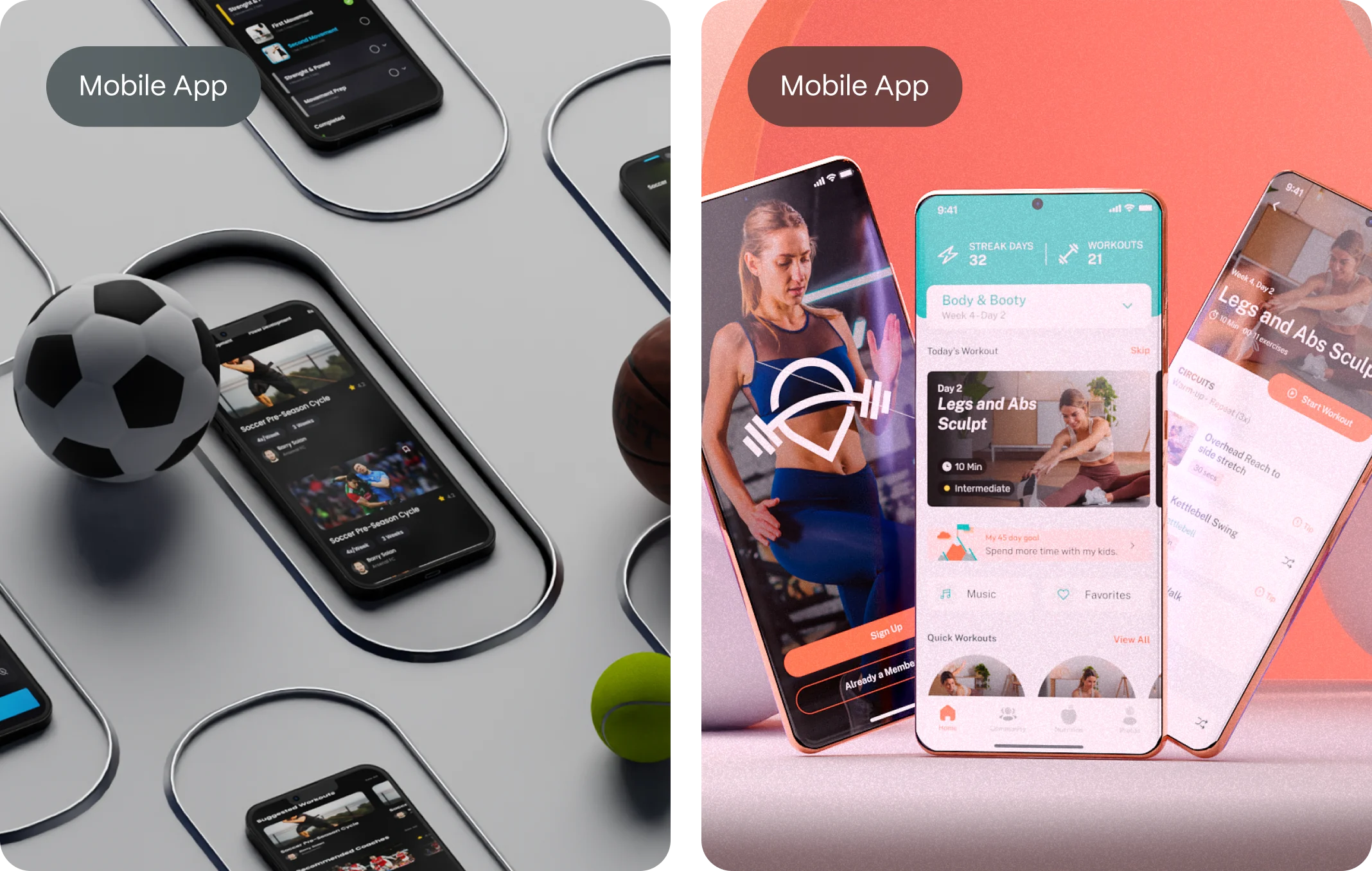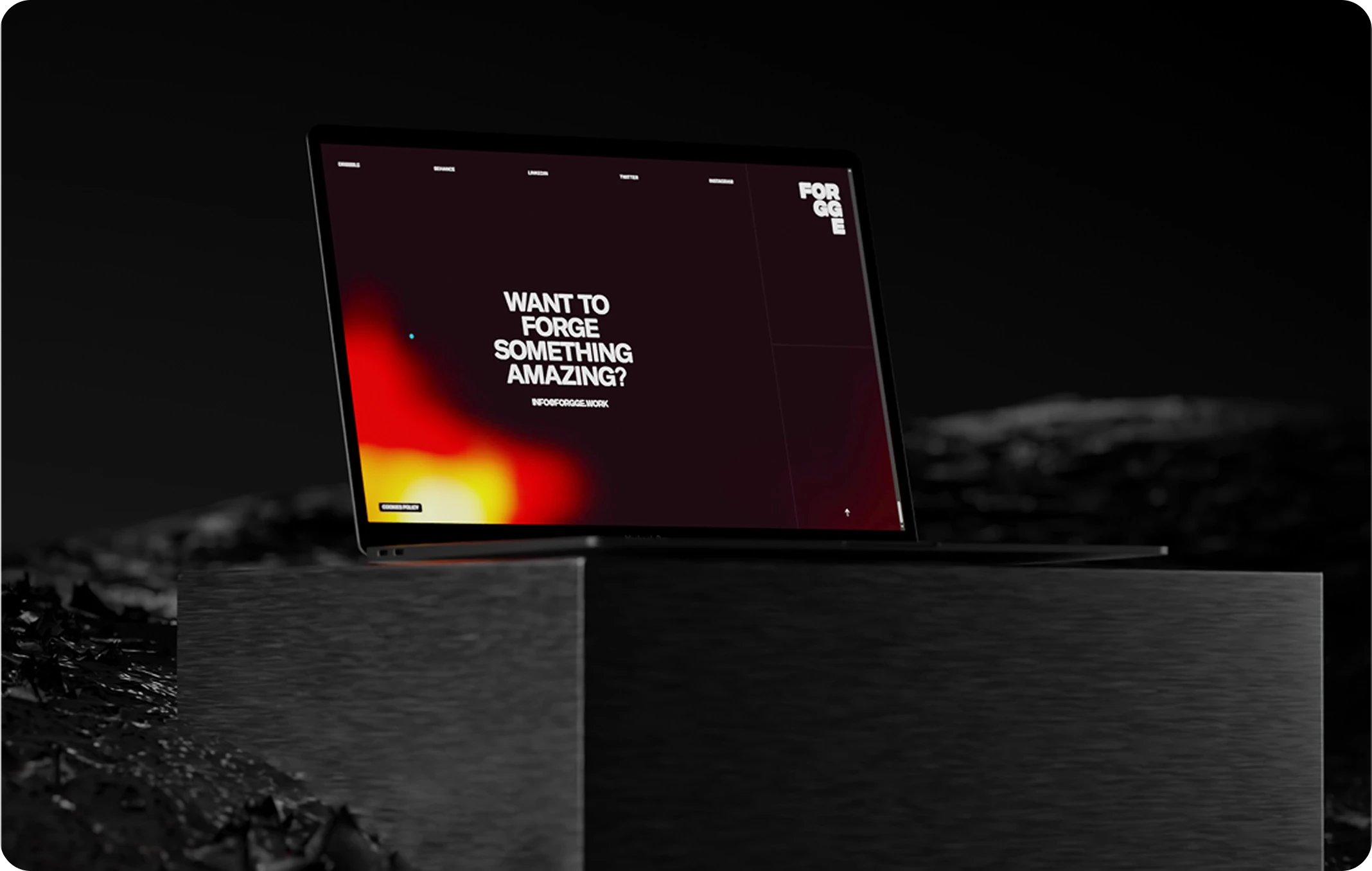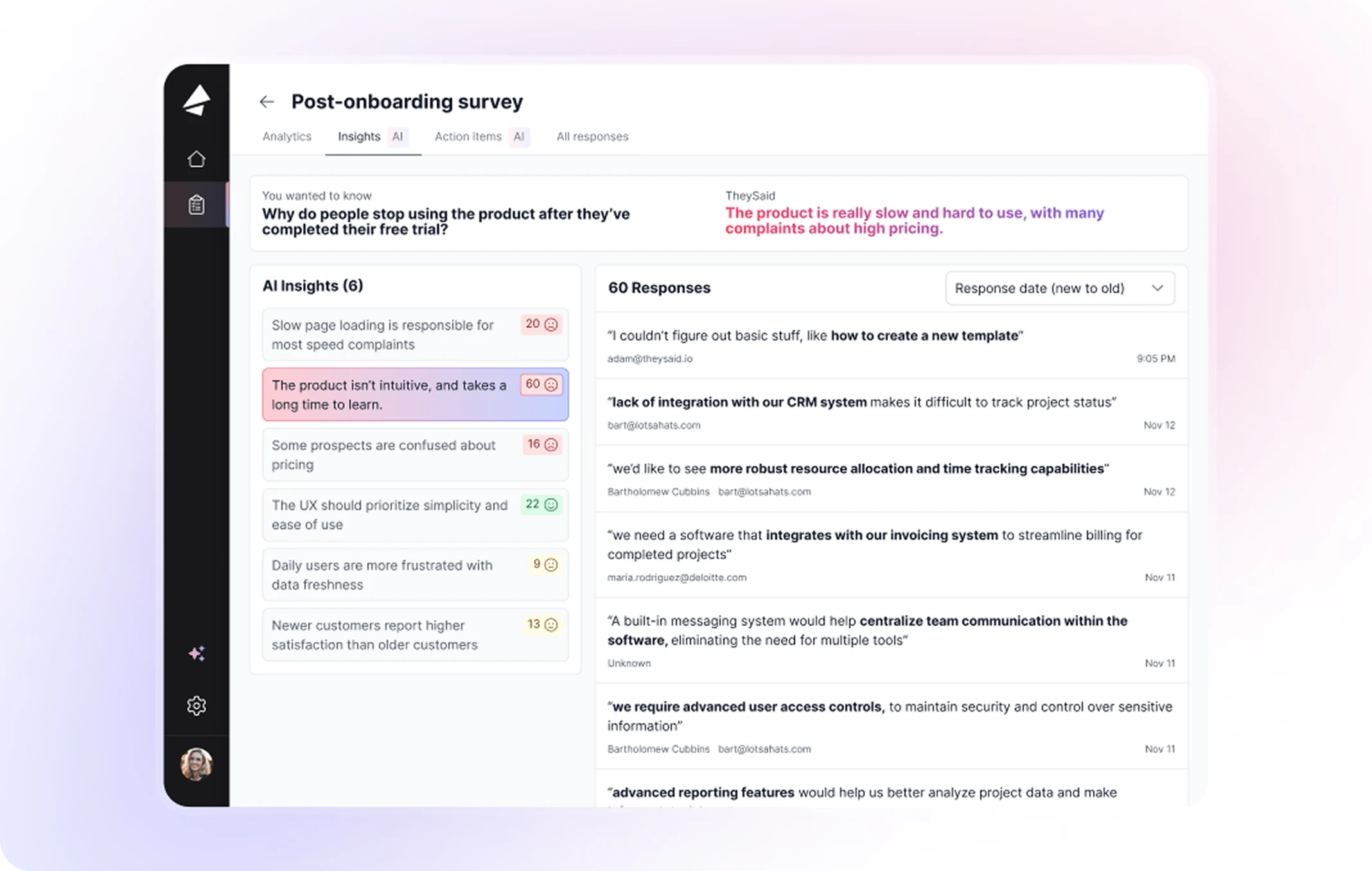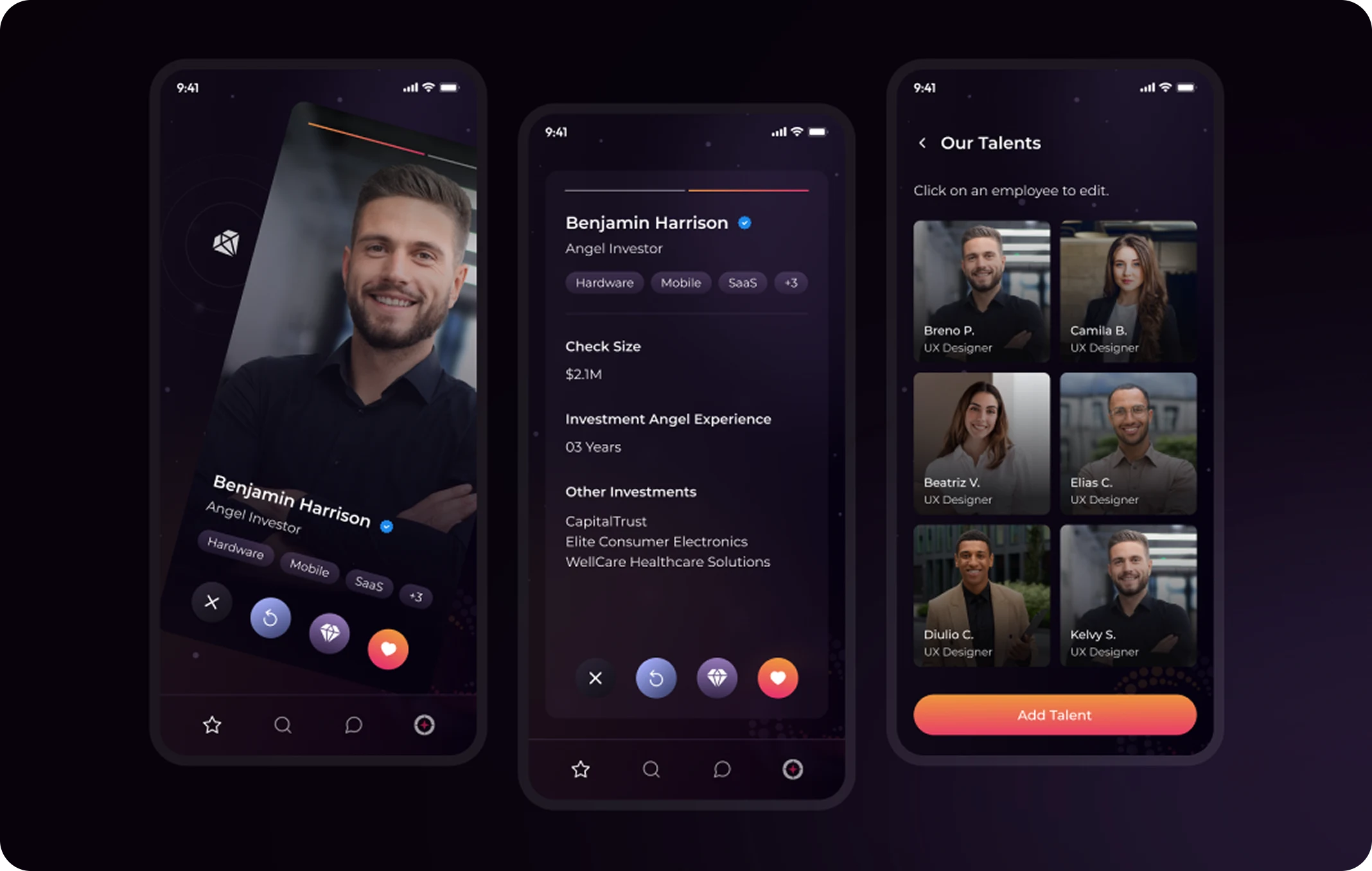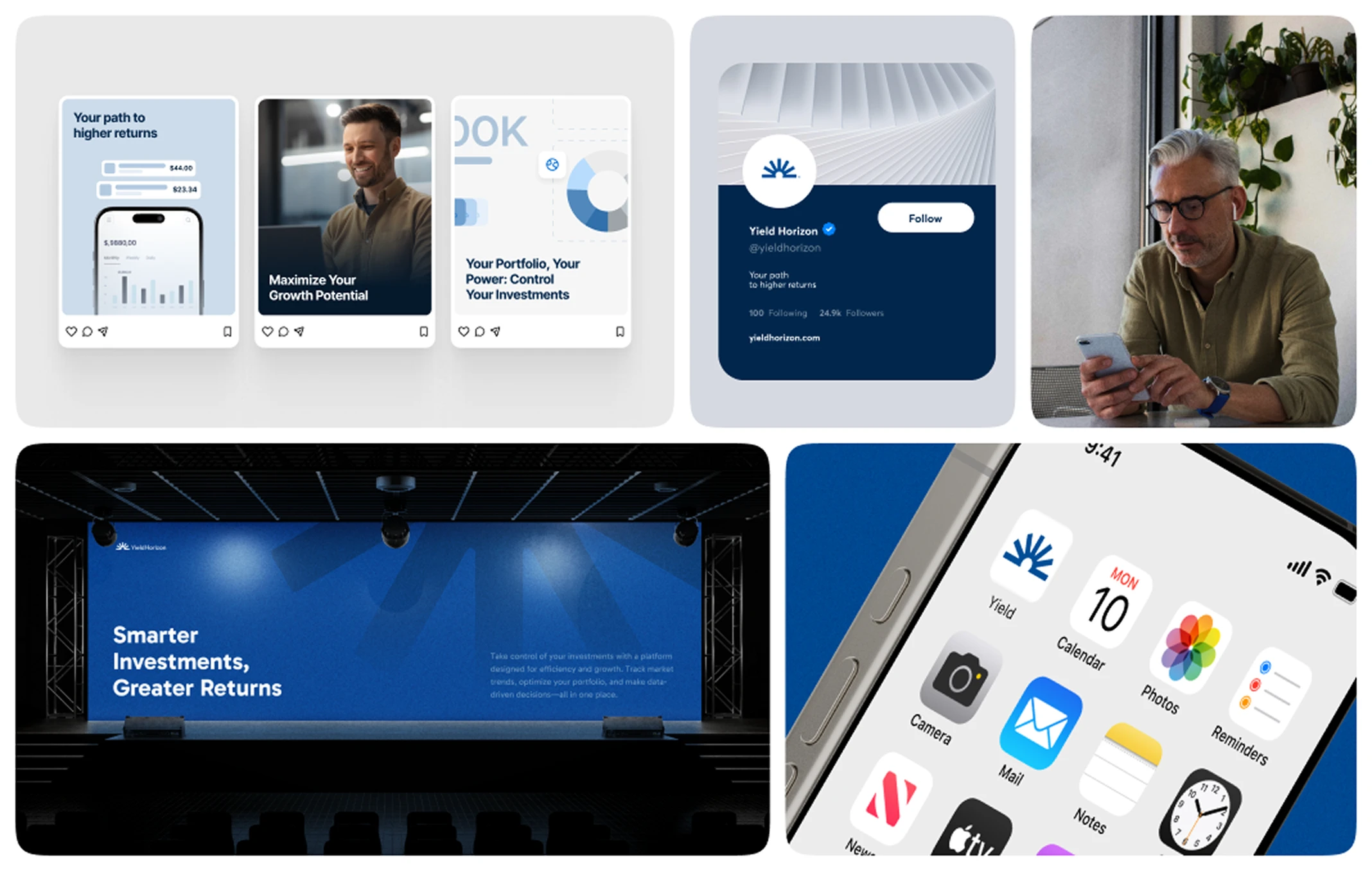When we think of successful brands, we often remember their logos, their colors, or their slogans. But what really sticks with people is the way those brands sound. Whether it’s Nike’s confident motivation, Mailchimp’s quirky friendliness, or Apple’s sleek simplicity, the way a brand communicates leaves an impression as strong as its visual identity. This is the power of brand voice.
For startups trying to break into competitive markets, developing a strong brand voice is not optional—it’s essential. A clear and consistent voice transforms abstract ideas into emotional connections. It builds trust, turns messages into stories, and makes your company recognizable even without a logo. In a world oversaturated with content, brand voice is the element that cuts through the noise and creates loyalty.
But how do you create one? What separates a distinct, effective brand voice from generic messaging? And how do you balance brand voice vs tone to ensure consistency without sounding robotic? In this article, we’ll explore frameworks from branding experts, practical steps for startups, and best practices for ensuring your brand voice becomes one of your most valuable growth assets.
What Is Brand Voice?
A brand voice is the consistent personality, style, and point of view that a company uses in its communication. Think of it as the “character” of your brand—the way it would speak if it were a person. Just like humans have distinct ways of expressing themselves, brands need a recognizable voice to be memorable.
For example:
- Harley-Davidson’s voice is bold, rebellious, and adventurous.
- Starbucks’ voice is warm, welcoming, and inclusive.
- Slack’s voice is approachable, friendly, and efficient.
Brand voice goes beyond word choice. It encompasses rhythm, humor, formality, and the values embedded in every sentence. It’s what makes two companies that sell the same product feel completely different.
Why Brand Voice Matters for Startups
Startups face unique challenges. They often compete against bigger players with larger budgets. Without brand awareness, they risk being overlooked. A strong brand voice solves this problem by:
- Creating Differentiation In crowded markets, products and services often look similar. Voice is the differentiator. A startup that sounds distinctive stands out, even when its features are still catching up with incumbents.
- Building Trust Consistency breeds credibility. A clear brand voice across website, social media, sales decks, and support emails reassures customers that your startup is professional and reliable.
- Humanizing the Brand People connect with people—not faceless corporations. A startup with a strong brand tone of voice feels approachable, relatable, and easier to trust.
- Aligning Teams A defined brand voice acts as a compass for everyone—from marketing to customer support—ensuring communication feels aligned and coherent.
- Driving Loyalty When customers feel emotionally connected to your brand’s voice, they stay longer, spend more, and become advocates.
In short, a strong brand voice is not fluff—it’s a growth driver.
Brand Voice vs Tone: What’s the Difference?
One of the most common questions in branding is: what’s the difference between brand voice and brand tone of voice?
- Brand Voice is the consistent personality of your brand. It doesn’t change. Think of it as your brand’s DNA. If your startup is witty and bold, that’s your voice—always.
- Tone of Voice is the variation in expression depending on context. It flexes while staying aligned to the core voice. For instance, your tone on LinkedIn may be more professional than on Instagram, but both should still reflect the same brand personality.
Example:
- Mailchimp’s brand voice: playful, quirky, friendly.
- Mailchimp’s tone in a blog post: casual and fun.
- Mailchimp’s tone in legal terms: clear, respectful, but still human.
Understanding this distinction—brand voice vs tone—is key. Voice is the foundation, tone is the application. A strong brand defines both clearly, so communication feels flexible but never inconsistent.
How to Develop a Strong Brand Voice
Creating a strong brand voice isn’t about guessing what sounds nice. It’s a structured process that combines strategy, research, and creativity. Here’s how startups can do it effectively:
1. Define Your Brand Personality
Ask: If my brand were a person, how would it talk? Would it be formal or casual? Funny or serious? Bold or humble? Use personality frameworks like Jennifer Aaker’s “Brand Personality Dimensions” (sincerity, excitement, competence, sophistication, ruggedness) to map traits.
2. Study Your Audience
Voice is not about what you like—it’s about what resonates with your customers. Research your target audience’s language. Are they Gen Z digital natives who love humor? Or corporate executives who value clarity and authority? Match your voice to their expectations without losing authenticity.
3. Analyze Competitors
Review how competitors communicate. Then define how you’ll sound different. For example, if most fintech startups in your space sound overly formal, you might stand out with a confident but approachable tone.
4. Document Guidelines
Create a brand voice guide with do’s and don’ts, examples, and tone variations for different contexts. This ensures consistency as your team grows.
5. Test and Refine
Voice evolves. Start with a hypothesis, test it in campaigns, gather customer feedback, and refine. The best voices are built iteratively.
Common Mistakes in Brand Voice Development
Startups often stumble when building their brand tone of voice. Here are common pitfalls to avoid:
- Being Generic Phrases like “innovative solutions” or “customer-focused” are clichés. They don’t differentiate your brand.
- Overcomplicating A brand voice must be clear, not filled with jargon. Complexity confuses.
- Inconsistency If your sales deck sounds formal but your Twitter is casual, customers won’t know what to expect.
- Ignoring Internal Buy-in Brand voice isn’t just a marketing exercise. All teams—from founders to support—must understand and use it.
- Forgetting Tone Flexibility Without clear tone guidelines, brands either sound robotic or change so much they lose coherence.
Avoiding these mistakes saves time, money, and credibility.
Expert Insights from Branding Literature
The strongest brand voices are built on principles backed by decades of branding research and best-selling books:
- Donald Miller’s “Building a StoryBrand” teaches that clarity beats cleverness. Brands should use voice to guide customers, not confuse them.
- Al Ries & Jack Trout’s “Positioning” reminds us that voice is part of occupying a unique space in customers’ minds.
- Marty Neumeier’s “The Brand Gap” emphasizes that voice is the bridge between strategy and customer perception.
- Simon Sinek’s “Start with Why” shows that a voice rooted in purpose inspires deeper loyalty.
- Seth Godin’s “Purple Cow” highlights the need for distinctiveness—your voice must be remarkable to be remembered.
- Alina Wheeler’s “Designing Brand Identity” provides practical frameworks for aligning voice with visual identity.
These works collectively underscore a truth: a brand voice isn’t decoration, it’s strategy.
Best Practices for Maintaining a Brand Voice
- Train Your Team Share brand voice guidelines with everyone, not just marketing. Customer support, product managers, and executives should use the same voice.
- Audit Regularly Review campaigns, social media, and emails to ensure consistency. Adjust tone where needed.
- Use Templates Provide voice-aligned templates for emails, decks, and posts. This reduces inconsistencies.
- Balance Professionalism and Personality Too much personality can feel unprofessional, while too much formality can feel distant. Find your balance.
- Stay True to Values A brand voice that doesn’t reflect real company values feels fake. Authenticity wins.
Case Studies: Brands That Mastered Voice
- Mailchimp Quirky, fun, human. Even in technical documentation, their voice makes users smile.
- Slack Clear, approachable, and friendly—reflecting its mission to make work simpler.
- Innocent Drinks Playful and cheeky, building an emotional connection beyond juice bottles.
- Stripe Professional, clean, and trustworthy—critical for winning developer confidence.
- Duolingo Witty, bold, and slightly irreverent—perfect for an app that wants to make language learning fun.
These brands prove that brand voice is not cosmetic—it’s central to how people perceive and engage with a business.
FAQ: Brand Voice and Tone
What is brand voice?
Brand voice is the consistent personality and style a company uses in its communication across all channels.
What is brand tone of voice?
Brand tone of voice refers to how that personality adapts to different contexts, such as social media, customer support, or investor decks.
What’s the difference between brand voice vs tone?
Voice is the core personality—it doesn’t change. Tone is the adjustment of that voice depending on audience or situation.
Why is brand voice important for startups?
It creates differentiation, builds trust, humanizes your company, and ensures consistent communication across all touchpoints.
How do I create a strong brand voice?
Define personality traits, study your audience, analyze competitors, document guidelines, and refine through feedback.
Can my startup change its brand voice later?
Yes, but gradual evolution works better than drastic change. The key is maintaining authenticity.
How do I make sure my team uses the same brand voice?
Create a brand voice guide with examples and train all teams to follow it, not just marketing.
Can brand voice impact SEO?
Absolutely. A consistent and clear voice improves engagement, reduces bounce rates, and strengthens your brand authority on Google.
What tools can help maintain brand voice?
Style guides, AI-based writing assistants, and brand management platforms can all help enforce consistency.

